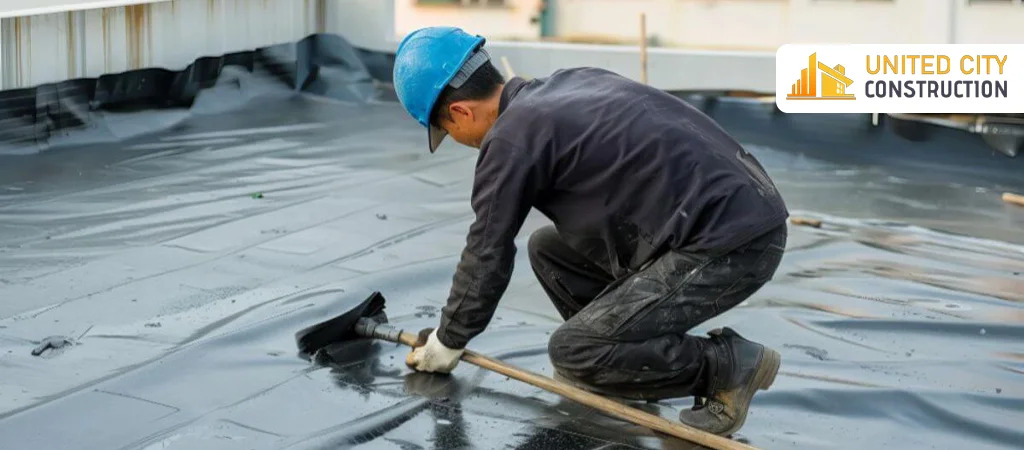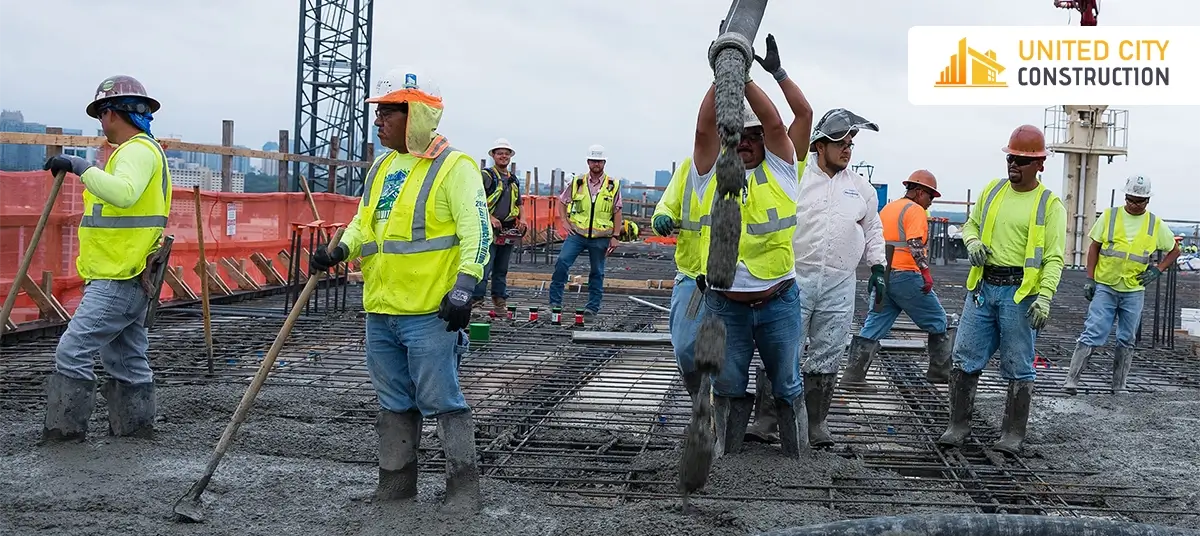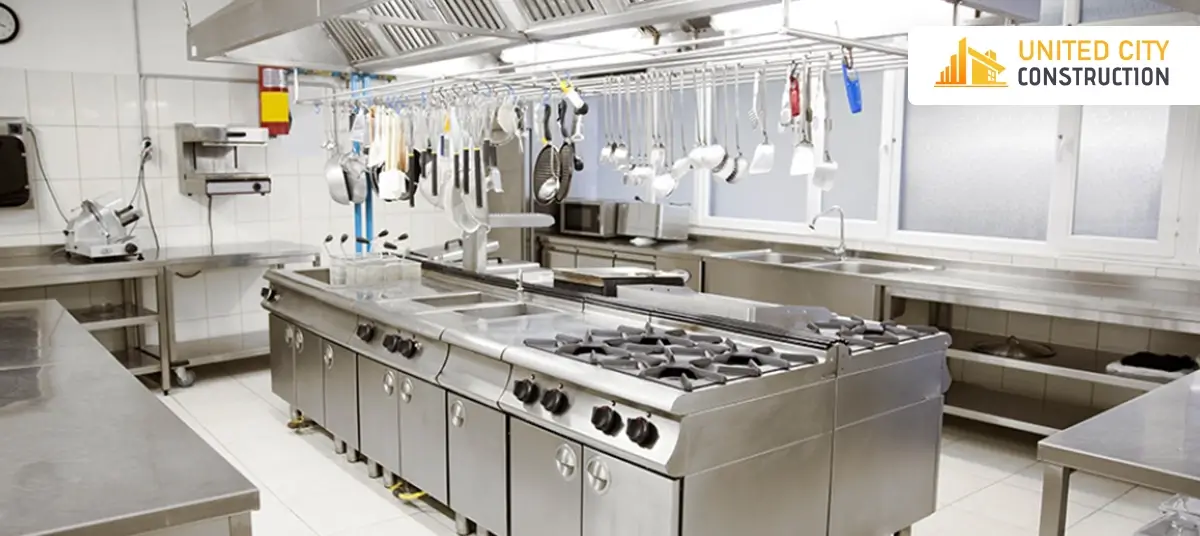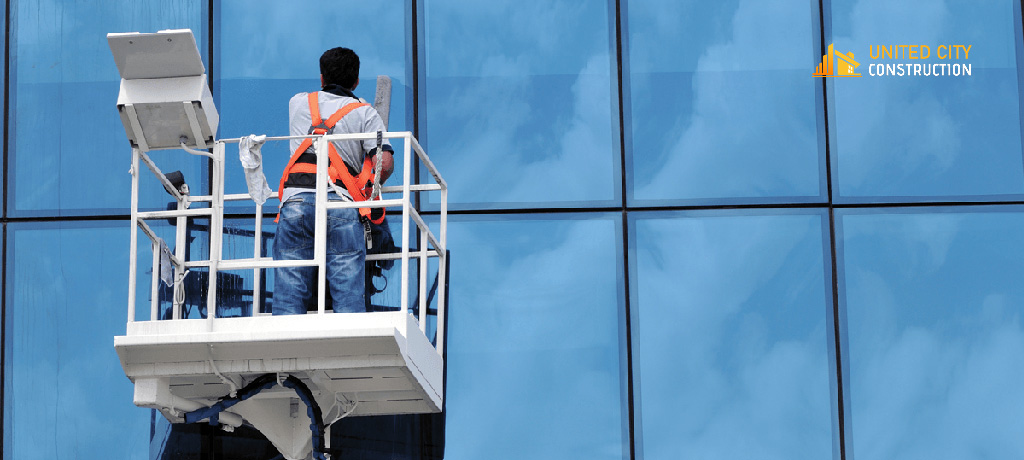Common Caulking Mistakes to Avoid in Commercial Construction
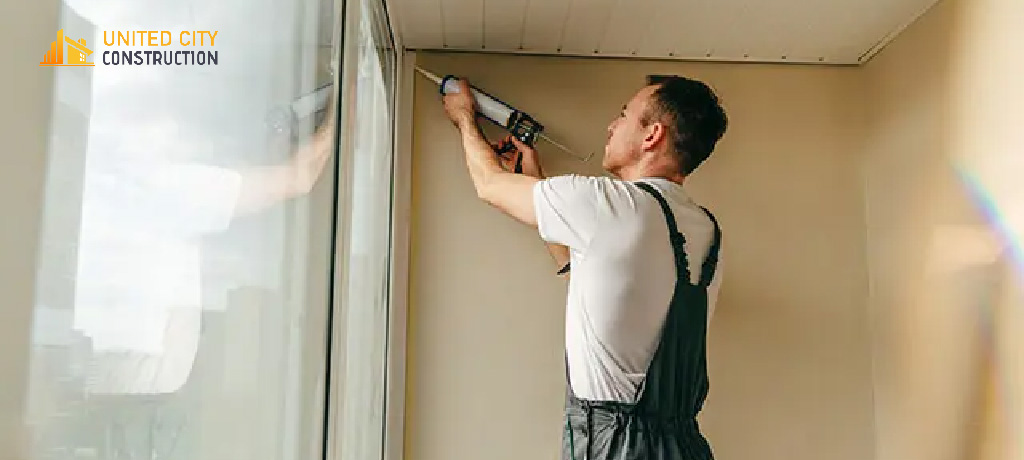
In commercial construction, caulking is crucial in maintaining structural integrity, preventing air and water infiltration, and enhancing energy efficiency. However, despite its importance, common mistakes in caulking can lead to significant issues, including leaks, drafts, and premature deterioration of building materials. This article will explore some of the most common caulking mistakes to avoid in commercial construction, their potential consequences, and how to prevent them. Understanding these mistakes can help contractors and builders ensure the durability and effectiveness of the best caulking services, ultimately leading to safer and more efficient commercial buildings.
Lack of Proper Surface Preparation
One of the most common caulking mistakes in commercial construction is the lack of proper surface preparation. Before applying caulking, it is essential to ensure the surface is clean, dry, and free of dust, dirt, and debris. Failure to properly prepare the surface can result in poor adhesion, leading to caulking failure and the need for reapplication. Always clean the surface thoroughly using a suitable cleaner or solvent to avoid this mistake. Remove old caulking or sealant, and use a wire brush or sandpaper to smooth rough surfaces. Additionally, ensure the surface is dehydrated before applying new caulking to ensure optimal adhesion and long-lasting performance.
Incorrect Caulking Material Selection
Another common caulking mistake in commercial construction is the incorrect selection of caulking materials. Using the wrong type of caulking for a specific application or substrate can lead to poor adhesion, reduced durability, and potential failure over time. To avoid this mistake, it is crucial to understand the different types of caulking materials available and their intended uses. Consider factors such as the substrate material, environmental conditions, and the type of sealed joint. Select a caulking material compatible with the substrate and conditions to ensure optimal performance and longevity.
Improper Application Techniques
Improper application techniques are another common caulking mistake in commercial construction. Following the manufacturer's instructions carefully ensures the caulking is applied correctly and effectively. Failure to do so can result in poor adhesion, uneven application, and reduced durability. Tooling and smoothing the caulking after application is also crucial for a proper seal. Improper tooling can leave gaps or air pockets in the caulking, compromising effectiveness. It can also result in an unattractive finish that may require rework. To avoid these mistakes, always read and follow the manufacturer's instructions for application. Use the appropriate tools, such as a caulking gun and smoothing tool, to apply and finish the caulking properly. This will help ensure a tight seal and a professional-looking finish.
Insufficient Joint Preparation
More joint preparation is needed in commercial construction to avoid poor performance and premature failure of caulking. Ensuring that the joint size and depth are appropriate for the caulking material being used is important. The joint size should be large enough to accommodate the caulking material and allow for proper adhesion to both sides of the joint. The depth of the joint is also important, as it affects the amount of caulking needed to fill the joint properly. Failure to properly prepare the joint can result in inadequate adhesion, allowing water, air, and other elements to penetrate the joint. This can lead to leaks, drafts, and other issues that can compromise the integrity of the building. To avoid this mistake, ensure the joint size and depth are appropriate for the caulking material used. Clean the joint thoroughly and remove any old caulking or sealant before applying the new caulking. This will help ensure a proper seal and prevent issues down the road.
Neglecting Weather Considerations
Neglecting weather considerations is a common mistake in caulking for commercial construction. Weather conditions can significantly impact the effectiveness and durability of caulking. Extreme temperatures can affect the curing process of the caulking material. For example, applying caulking in cold weather can cause it to cure more slowly or not at all, leading to poor adhesion and sealing. On the other hand, applying caulking in hot weather can cause it to cure too quickly, resulting in cracking and shrinking. Additionally, moisture from rain or snow can prevent proper adhesion and curing of the caulking. It is essential to do the best caulking services during dry weather and ensure that the surface is clean and dry before application. To avoid this mistake, always check the weather forecast before applying caulking and choose a day when the weather conditions are suitable. If possible, caulking should be applied during moderate temperatures with low humidity for the best results.
Failure to Address Movement and Flexibility Needs
Another common caulking mistake in commercial construction is the failure to address movement and flexibility needs. Buildings are subject to various types of movement, such as thermal expansion and contraction, settling, and vibrations. Caulking joints must be able to accommodate these movements to prevent cracking and failure. Using a caulking material that is too rigid or not designed for movement can lead to premature failure. The caulking may crack or pull away from the substrate, allowing water and air infiltration. To avoid this mistake, selecting the best caulking services material designed for the specific type and amount of movement expected in the building is important. Flexible caulking materials, such as silicone or polyurethane, are often recommended for joints that experience significant movement. Additionally, joints should be sized and designed to allow proper movement without excessive stress on the caulking.
Lack of Regular Maintenance and Inspections
Lack of regular maintenance and inspections is a common mistake that can lead to caulking issues in commercial construction. Over time, caulking can degrade due to exposure to weather, UV radiation, and general wear and tear. Without regular maintenance and inspections, deteriorating caulking can lead to leaks, drafts, and other problems. To avoid this mistake, it is important to establish a regular maintenance schedule for inspecting and maintaining caulking in commercial buildings. Inspections should include checking for signs of cracking, peeling, or separation of the caulking from the substrate. Any damaged or deteriorated caulking should be repaired or replaced promptly to prevent further damage.
Conclusion
In conclusion, avoiding common caulking mistakes in commercial construction is essential for maintaining the integrity and durability of buildings. Proper surface preparation, correct caulking material selection, and following manufacturer instructions for application are crucial steps to ensure a long-lasting seal. Additionally, addressing joint size and depth, considering weather conditions during application, and selecting caulking that can accommodate building movement are important factors in preventing issues such as leaks and drafts. Regular maintenance and inspections are key to identifying and addressing caulking matters before they escalate. By avoiding these common mistakes and implementing best practices, contractors and builders can ensure that caulking in commercial construction projects remains effective and durable for years. Contact United City Constructions for the Best caulking services in NY.





